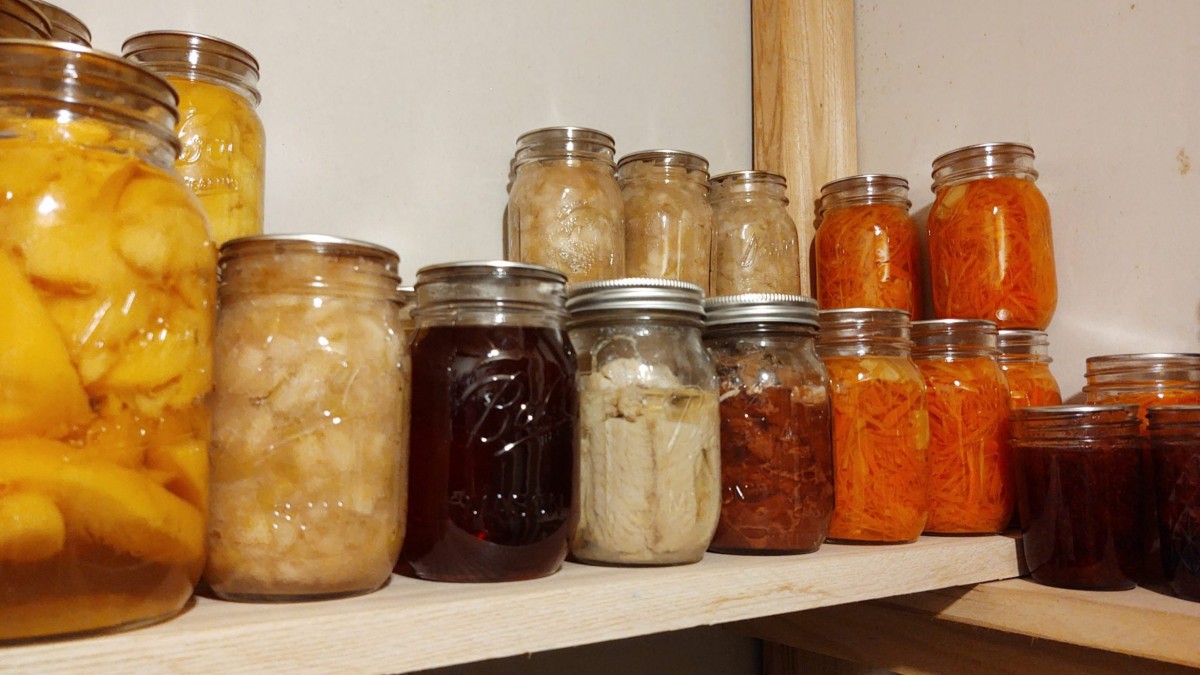For the past four years, the Abandoned Mine Land Fund has been expanded to support restoration that helps economic development. But funding for the program is tied to current coal production, and that stream is starting to dry up.
A Home-Run for an Ohio Community
In 2009, Wellston, Ohio, was in a state of fiscal emergency.
“The city was in dire straits financially,” said Mike Potts, co-founder and president of Make Wellston Beautiful – a nonprofit formed in 2012 to help with aesthetic improvements the city could no longer afford. Tami Phillips, another co-founder and board member, said that within three years, the group added to grassroots work by absorbing the management of both the youth sports programs and the maintenance at the community ballfields, a big source of community pride for the Southeast Ohio community of 5,000. Beginning in spring and running through fall, tournaments bring kids to play sports like volleyball, baseball, softball and soccer. In the past decade, youth participation in sports has grown from 180 to 600 kids.
Wellston sits almost entirely atop coal mines abandoned in the early- through mid-1900s. Instead of bleachers, mine ponds lurk beyond the fence. Longballs plop down in watery pits abandoned more than half a century ago.
To revamp the park, Make Wellston Beautiful applied for a $1.4 million grant through the Abandoned Mine Land (AML) Pilot Program, which was created in 2016 as a way to spur economic development in coal communities with legacy problems that no one is responsible for cleaning up.
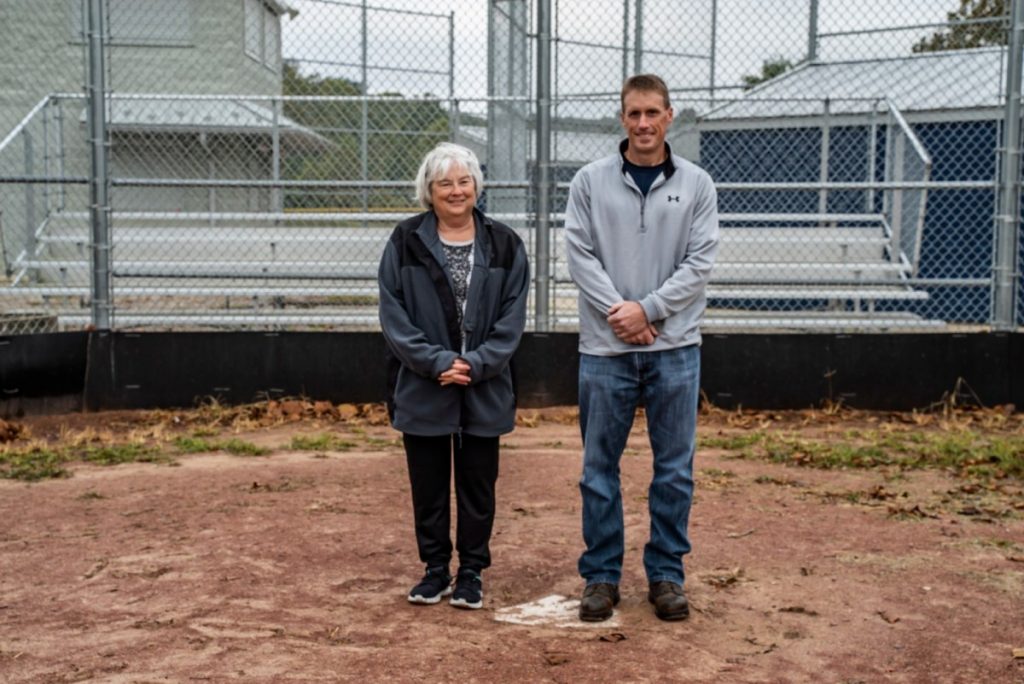
Scott Davies is the AML Project Officer with the Ohio Department of Natural Resources, the agency that oversees reclamation and the pilot program in the Buckeye State. Davies said that successful candidates have two factors in place. First, a local economic boost needs to be tied to reclamation. Second, a “boots on the ground” partner in the community helps push a project to the front of the line.
Filling in the ponds alone wouldn’t be enough to attract the pilot program’s attention. To meet its economic desires, Make Wellston Beautiful proposed building an additional ballfield and adding lights. Playing more games and later into the night grows capacity for sports. That means more hungry kids and sleepy parents will spend money on food, lodging and ancillary expenses like gas or souvenirs. Since Make Wellston Beautiful was already raising money to light one of the ballfields, Davies said this was the perfect fit for the AML Pilot Program in Ohio. Construction is set to break late this fall or early winter.
A Pilot Program for Economic Development Across Appalachia
Phillips felt the group hit the jackpot. “We feel like we hit the lottery.” It was maybe more of a game-winning grand slam, as similar AML projects across Appalachia may not receive the same attention as Wellston.
More than 48,000 abandoned coal mines dot the U.S. landscape. The national benchmark mining regulation – the Surface Mining, Reclamation and Control Act (SMCRA) – was adopted in 1977. Part of the milestone rule requires that going forward, coal companies must undo the environmental damage caused during extraction. They have to re-shape the land and ensure clean water is entering streams. To address pre-SMCRA problems, a tax is fixed on modern-day coal mining meant to create a fund that is supposed to help address issues like sinkholes, highwalls, gob piles or acid mine drainage. As coal production declines, the coffers of the AML fund are starting to shrink, forcing managers of the fund to re-think which projects get funding.
In 2016, four-plus decades after SMCRA was passed, the AML Pilot Program was established as a way to not only address legacy pollution but also to spark economic development in communities whose jobs and associated tax dollars disappeared from the days that black diamonds were unburied and put to market.
Six Appalachian states – Pennsylvania, Virginia, West Virginia, Kentucky, Alabama and Ohio – serve as proving grounds for the program’s efficacy. Across these states, pilot projects include work on mountain bike trails and trailheads in Ohio, a technology park in Alabama, a wildlife viewing center in Kentucky, an expansion of the Pittsburgh Botanical Garden and a Golden Delicious apple tree re-introduction in West Virginia. Each is designed to reclaim land and pump cash into communities.
But some AML problems go beyond economic development and community improvement. For the Burris family, who also live in Wellston, the AML program is essentially stopping their home from caving into an abandoned underground mine.
Saving a Home From Sinking
Rick and Martha Burris bought their home in 1999. Throughout the years, they noticed a few cracks in the walls had splintered. According to Martha, last October the wall seemed to crack every day. Then the cracks started to get bigger. “I thought about the wall falling in, but I try not to think about it.”
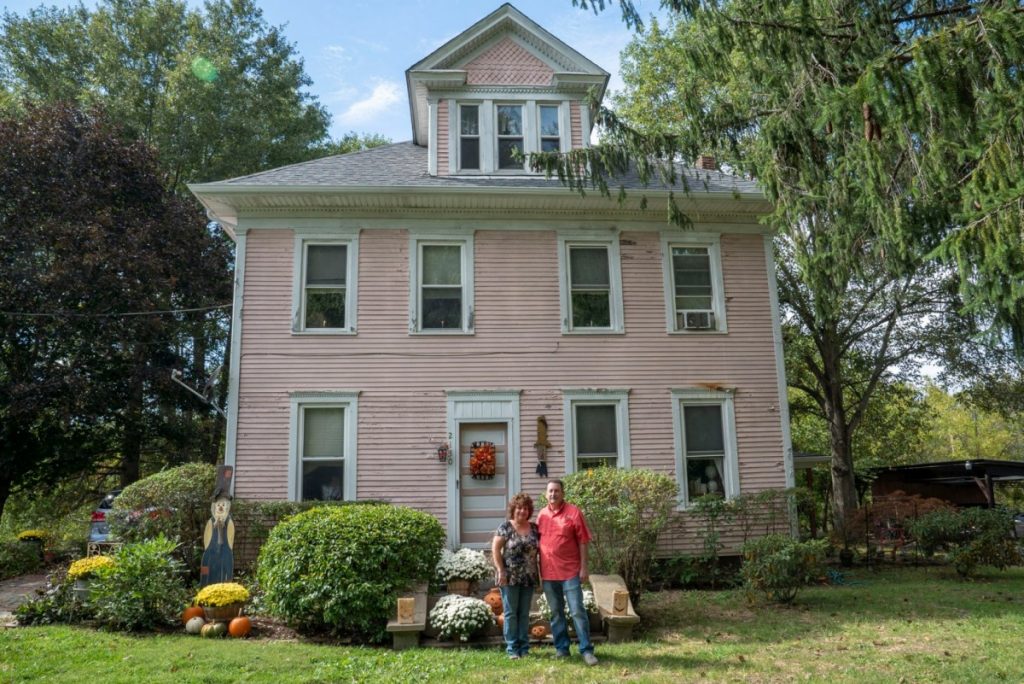
Rick and Martha Burris in front of their home in Wellston, Ohio. Photo: Chad J. Reich/The Daily Yonder 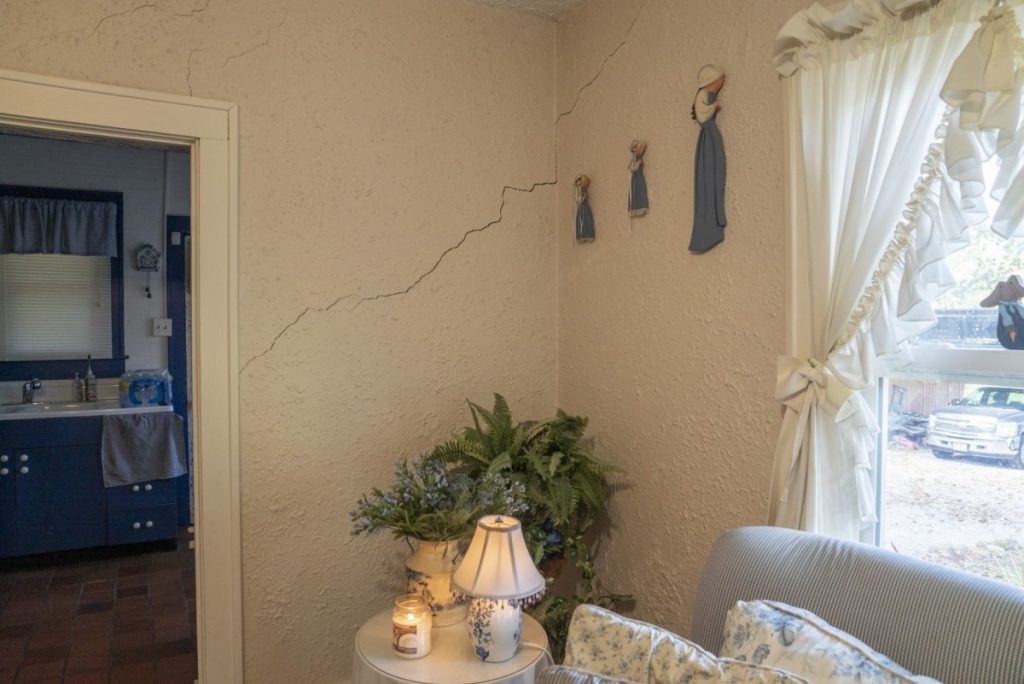
Cracks caused by mine subsidence below the Burris home. Photo: Chad J. Reich/The Daily Yonder 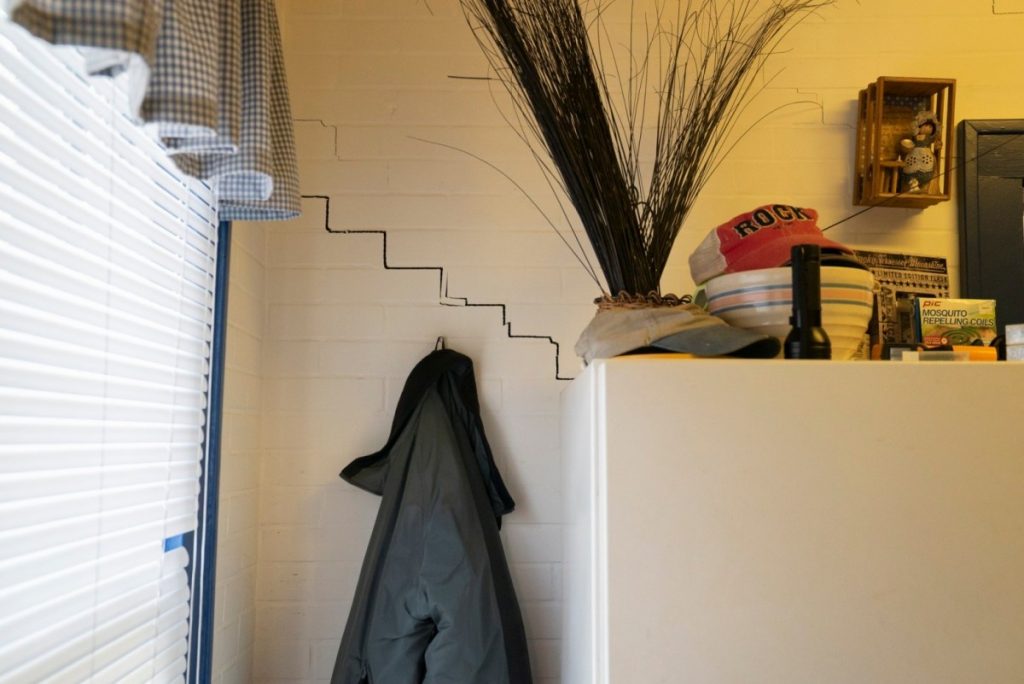
Cracks, caused by a mine subsidence below the Burris home. Photo: Chad J. Reich/The Daily Yonder
Rick called the insurance company. To check the stability of the land under the home, contractors were sent to drill test cores and see what is in the earth below the home. As suspected, the home was experiencing the effects of a problem called mine subsidence. The earth was sinking into an empty shaft, located 90 to 120 feet below the surface, and once operated by the Fluhart Coal & Mining Company before abandonment in 1907. A few pillars of coal or wood that kept the mine ceiling propped up were left behind, creating what Rick describes as an “ant farm” below the community.
To stabilize the home, hollow ground was walled off and filled with concrete, but Rick said, “The house is still moving.” To repair the cracks and restore the home the family then must work with mine subsidence insurance – a requirement for residents in 26 Ohio counties – once the earth stops shifting.
Davies, the Ohio AML Project manager, said the Burris home warranted special attention. “Emergencies usually have to be a sudden event that occurred very recently and pose an extreme danger. In this case, a subsidence occurred damaging the house.”
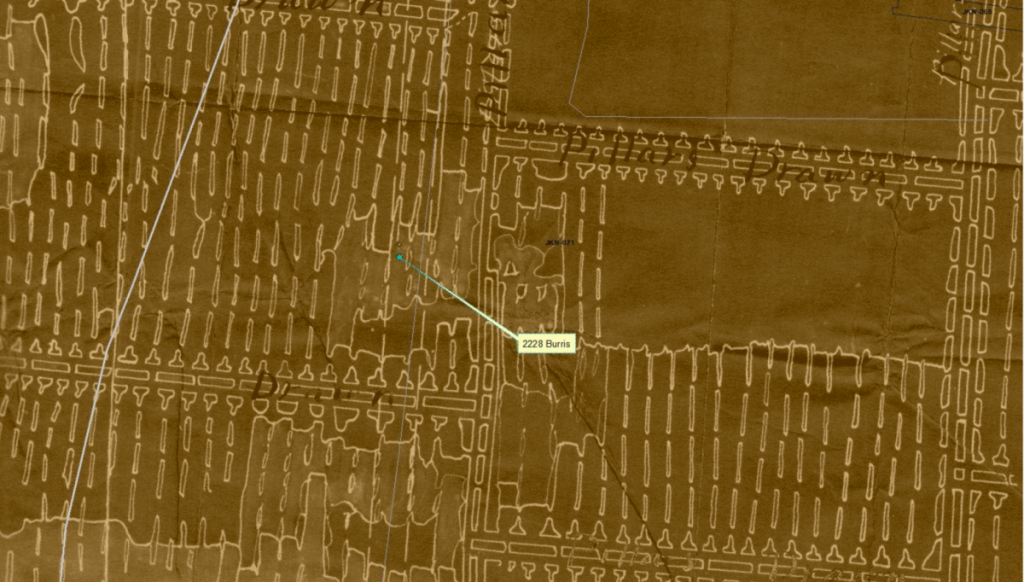
Two Strikes for the AML Pilot Program
Davies is confident that emergencies such as the Burris family home will continue to see attention from the state of Ohio, despite threats to the AML program’s funding stream. But he also said that non-emergency projects like the Wellston ballfield risk being glossed over in favor of emergencies because “a double whammy is happening to the program.”
First, with the rise in natural gas and renewable energy, fewer tons of coal are being mined on a yearly basis. Since legacy reclamation is tied directly to modern-day coal production, the amount of taxable tons is withering. Strike one.
Credit: Chad J. Reich/Daily Yonder
Second, since 2010, in an effort to prop up the dwindling coal industry, the per-ton tax on modern-day coal has been lowered twice. Ohio Coal Association President Mike Cope said in an email, “in view of the economic condition of the Coal Industry and specifically in Ohio, I believe we would be supportive of any reduction in fees we pay including the abandoned mine land. Market conditions for coal are not good to say the least.” Strike two.
Credit: Chad J. Reich/Daily Yonder
To add to the tensions surrounding the uncertainty of the AML program’s funding stream, the per-ton tax on modern coal sunsets in 2021 and will require reauthorization by Congress. In January, Representative Matt Davis of Pennsylvania (D) introduced H.R. 4248, which seeks to keep the program in place through 2036 while raising the minimum each state in the AML program receives from $3 million to $5 million. No movement on the bill has taken place since its introduction. A foul ball keeps the batter at the plate.
Should the bill pass, the raise in minimum funding would guarantee states still have access to some money for AML projects, even as coal continues its downward trajectory. Last year, Ohio received just over $6 million – its lowest payout since 2004.
But even if H.R. 4248 passes, the program will only be saved, not grown to address the massive amount of projects on deck. Unless a solution is reached to increase the AML program’s funding stream to better address the ever-growing backlog of AML problems, communities still reeling from the once-booming coal industry in Appalachia may find themselves waiting for their crack of the economic development bat.
This article was originally published by The Daily Yonder.



